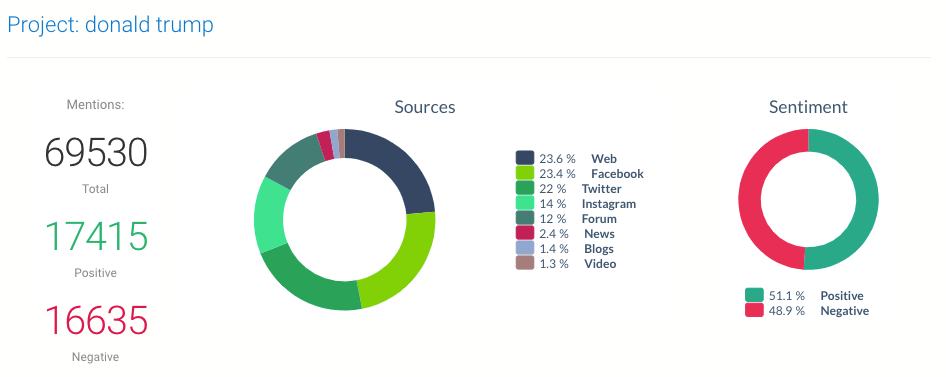In today’s digital age, social media platforms have become an integral part of our lives, providing us with a space to express our thoughts, share experiences, and connect with others on a global scale. With billions of users generating an immense amount of content daily, there’s an unprecedented opportunity to harness this data for valuable insights. This is where sentiment analysis comes into play, allowing us to decipher the emotions behind the vast sea of online interactions. In this article, we will delve deep into sentiment analysis social media, exploring its significance, methods, applications, and future potential.
Understanding Sentiment Analysis Social Media

Sentiment analysis, often referred to as opinion mining, is the process of using computational techniques to determine and classify the emotional tone behind a piece of text. Natural Language Processing (NLP) plays a pivotal role in this domain by enabling machines to understand human language and emotions.
Methods of Sentiment Analysis
There are various approaches to conducting sentiment analysis, each with its own set of advantages and limitations. Rule-based methods involve creating a set of predefined rules to determine sentiment, while machine learning algorithms rely on training models on labeled data to make predictions. Hybrid approaches combine the strengths of both methods for more accurate results.
The Process of Sentiment Analysis
Sentiment analysis involves a series of steps, starting with data collection and preprocessing. Text data is then transformed into numerical features through techniques like TF-IDF (Term Frequency-Inverse Document Frequency) and word embeddings. Finally, these features are fed into a sentiment classifier, which categorizes the text as positive, negative, or neutral.
Challenges
Despite its potential, sentiment analysis faces challenges such as contextual ambiguity, the usage of slang and emojis, and the complexity of handling multilingual content. These factors can sometimes lead to misinterpretation of emotions, highlighting the need for continuous improvement in the field.
Applications of Social Media Sentiment Analytics
Sentiment analysis has a wide range of applications across various industries. Businesses can gain valuable insights into customer opinions, improve brand reputation, and refine their marketing strategies. It’s also a powerful tool for gauging political and social trends, as well as conducting customer feedback analysis and market research.
Ethical Considerations
As sentiment analysis becomes more prevalent, ethical concerns arise. Privacy and data security must be upheld, and efforts should be made to address biases present in the training data. Ensuring fairness and transparency in the analysis process is crucial for maintaining public trust.
Future Trends
The future of sentiment analysis holds exciting possibilities. Emotion detection, going beyond just positive and negative sentiments, will provide a more nuanced understanding of human emotions. Integration with AI assistants and real-time sentiment tracking will enable immediate responses to changing sentiments, opening new avenues for engagement and decision-making.
The Human Touch in Sentiment Analysis Social Media
While machines play a significant role in sentiment analysis, understanding the complexities of human emotions requires a human touch. Fine-tuning machine learning models with human-curated datasets can lead to more accurate and context-aware sentiment analysis results.
Conclusion
Sentiment analysis social media is a powerful tool that enables us to decode the emotions behind the vast amount of textual data generated online. From understanding consumer behavior to tracking social and political trends, its applications are diverse and far-reaching. However, as we embrace the potential of sentiment analysis, it’s essential to navigate ethical considerations and continue refining the techniques to ensure accurate and unbiased results.
Ready to harness the power of sentiment analysis for your business? Request a demo from AIM Technologies today!
FAQs
What is sentiment analysis?
- Sentiment analysis is the process of using computational methods to determine the emotional tone of a piece of text, such as positive, negative, or neutral.
What are the challenges in sentiment analysis?
- Challenges include dealing with context, slang, and multilingual content, as well as addressing biases in training data.
How does sentiment analysis work?
- Sentiment analysis involves collecting and preprocessing text data, extracting features, and using machine learning models to classify sentiments.
What are the practical applications of sentiment analysis?
- Sentiment analysis is used for business insights, political trends, customer feedback analysis, and market research.
What does the future hold for sentiment analysis social media?
- The future includes more nuanced emotion detection, integration with AI assistants, and real-time sentiment tracking for immediate insights.




